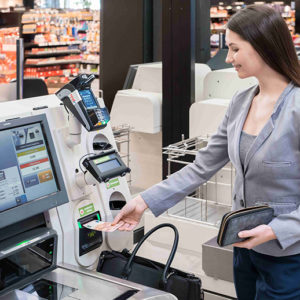Dynamic pricing - how German companies calculate their figures

Latest news

-ADVERTISEMENT- The wellness and fitness trend has arrived in the …

The fight against environmental destruction and the climate crisis are …

Anyone looking for new products in the field of toys, …

It is a market with huge dimensions and great potential. …

For companies, a social media presence has become indispensable and …

Hardly anything disturbs customers as much as waiting at the …

Research by TV station RBB has shown that some outlet …

The industry association Licensing International (formerly LIMA) has honored outstanding …

Communications manager Hannah König and managing director Stephan Schenk are …

The toy dealer wants to leave his insolvency behind him. …
To what extent does competition influence pricing? According to a study by “Sales Radar”, numerous German companies manually set their prices. The majority of prices for products and services are adjusted on a weekly basis. This is often done individually rather than automatically. There is a massive lack of digital support.
Advantages of automated pricing
Increasing sales efficiency is just one of the many positive factors that would be affected by price automation, says Prof. Dr. Nikolas Beutin, Head of Customer Practice at PwC Europe. Customer value and customer potential continue to play a central role in costing. Factors such as capacity utilization, demand, weather and sales channel would be underestimated.
What is lacking?
Even if many companies recognize the opportunities of progress, many companies lack capacities and simply a separate pricing department. Often, pricing would be the responsibility of sales and business operations. A lack of IT investments is the biggest obstacle to pricing progress. However, many companies are also of the opinion that the customer would not positively register or even reject dynamic pricing. The biggest fear on the part of the customers is the strongly fluctuating number structuring. The 18- to 40-year-old age group is quite open to dynamic pricing.
Software support
How does the calculation take place digitally? Special CPQ tools can be helpful in pricing, but are still rarely used. Only three percent of respondents use CPQ software to calculate quoted prices. According to the study, two thirds use separate, partly self-developed tools for price calculation, for example based on Excel.
You might be also interested in:
Dynamic pricing: Consumers consider different prices unfair
Data disclosure when shopping online is a given for customers
Image: Getty Image
//SB




Leave a Reply